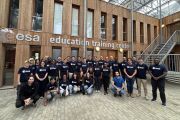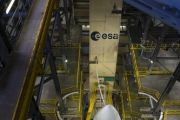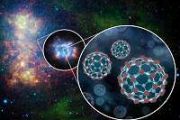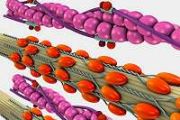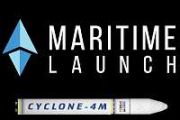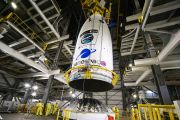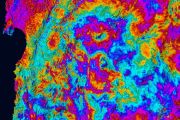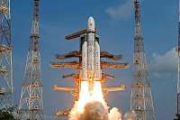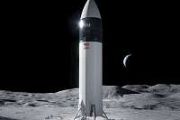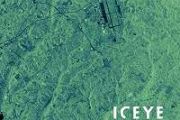
Copernical Team
A milestone for parabolic flight
 On 23 May 2023, at 09:00, a very special Airbus A310 taxied to the runway at Bordeaux-Merignac Airport. The aircraft set off on a special flight - the first of a total of three flights that make up the 40th parabolic flight campaign of the German Space Agency at DLR, which will take place in Bordeaux from 15 to 25 May 2023. On board are 11 experiments - three from the fields of biology and human
On 23 May 2023, at 09:00, a very special Airbus A310 taxied to the runway at Bordeaux-Merignac Airport. The aircraft set off on a special flight - the first of a total of three flights that make up the 40th parabolic flight campaign of the German Space Agency at DLR, which will take place in Bordeaux from 15 to 25 May 2023. On board are 11 experiments - three from the fields of biology and human What do we know about the mechanics of two-dimensional materials
 Publishing in the International Journal of Extreme Manufacturing, scientists from McGill University, University of Illinois, and University of Science and Technology of China comprehensively reviewed the most recent discoveries in the field of the mechanics of 2D materials by discussing various key mechanical properties, including the elastic properties, in-plane failure, fatigue, interfacial sh
Publishing in the International Journal of Extreme Manufacturing, scientists from McGill University, University of Illinois, and University of Science and Technology of China comprehensively reviewed the most recent discoveries in the field of the mechanics of 2D materials by discussing various key mechanical properties, including the elastic properties, in-plane failure, fatigue, interfacial sh Understanding boiling to help the nuclear industry and space missions
 To launch extended missions in space, the NASA is borrowing a page from the nuclear engineering industry: It is trying to understand how boiling works. Planning for long-term missions has NASA researching ways of packing the least amount of cryogenic fuel possible for efficient liftoff. One potential solution is to refuel the rocket in space using fuel depots placed in low Earth orbits. This way
To launch extended missions in space, the NASA is borrowing a page from the nuclear engineering industry: It is trying to understand how boiling works. Planning for long-term missions has NASA researching ways of packing the least amount of cryogenic fuel possible for efficient liftoff. One potential solution is to refuel the rocket in space using fuel depots placed in low Earth orbits. This way US sees 'serious threat' as Iran unveils new missile
 The United States on Thursday called Iran's missile program a "serious threat" after the clerical state unveiled a new model with its longest range to date.
"Iran's development, and proliferation of, ballistic missiles poses a serious threat to regional and international security and remains a significant non-proliferation challenge," State Department spokesman Matthew Miller told reporters.
The United States on Thursday called Iran's missile program a "serious threat" after the clerical state unveiled a new model with its longest range to date.
"Iran's development, and proliferation of, ballistic missiles poses a serious threat to regional and international security and remains a significant non-proliferation challenge," State Department spokesman Matthew Miller told reporters. South Korea hails successful launch of homegrown rocket
 South Korea said Thursday it had successfully launched its homegrown Nuri rocket and placed working satellites into orbit, hailing a key step forward for the country's burgeoning space programme.
It was the third launch of the Nuri, which successfully put test satellites into orbit last year after a failed 2021 attempt saw the rocket's third-stage engine burn out too early.
The three-sta
South Korea said Thursday it had successfully launched its homegrown Nuri rocket and placed working satellites into orbit, hailing a key step forward for the country's burgeoning space programme.
It was the third launch of the Nuri, which successfully put test satellites into orbit last year after a failed 2021 attempt saw the rocket's third-stage engine burn out too early.
The three-sta Space Systems Command Awards $45.5M Launch Service Order to Northrop Grumman Systems Corporation for Prototype EWS Mission
 The U.S. Space Force's Small Launch and Targets Division's Office at Kirtland Air Force Base, Albuquerque, New Mexico, part of the Space Systems Command (SSC) Assured Access to Space organization, awarded a $45.5 million task order to Northrop Grumman Systems Corporation on May 24 via an Orbital Services Program (OSP)-4 Indefinite Delivery / Indefinite Quantity (IDIQ) contract. The contract will
The U.S. Space Force's Small Launch and Targets Division's Office at Kirtland Air Force Base, Albuquerque, New Mexico, part of the Space Systems Command (SSC) Assured Access to Space organization, awarded a $45.5 million task order to Northrop Grumman Systems Corporation on May 24 via an Orbital Services Program (OSP)-4 Indefinite Delivery / Indefinite Quantity (IDIQ) contract. The contract will Northrop Grumman on track to produce early-warning missile defense program
 Northrop Grumman Corporation (NYSE: NOC) recently completed a Preliminary Design Review (PDR) for the U.S. Space Force Space Systems Command's Next Generation Overhead Persistent Infrared Polar (NGP) program. The company is on track to begin production of the early-warning missile system in defense of the nation.
The design review establishes the company's technical approach for the full i
Northrop Grumman Corporation (NYSE: NOC) recently completed a Preliminary Design Review (PDR) for the U.S. Space Force Space Systems Command's Next Generation Overhead Persistent Infrared Polar (NGP) program. The company is on track to begin production of the early-warning missile system in defense of the nation.
The design review establishes the company's technical approach for the full i BAE Systems to develop autonomous space-based surveillance technology
 The Defense Advanced Research Projects Agency (DARPA) has awarded BAE Systems' FAST LabsTM research and development organization a $7 million contract for the Oversight autonomous space-based target custody program.
Traditional space intelligence, surveillance, and reconnaissance (ISR) collection can be siloed, labor intensive, and unable to dynamically re-evaluate quickly enough to take a
The Defense Advanced Research Projects Agency (DARPA) has awarded BAE Systems' FAST LabsTM research and development organization a $7 million contract for the Oversight autonomous space-based target custody program.
Traditional space intelligence, surveillance, and reconnaissance (ISR) collection can be siloed, labor intensive, and unable to dynamically re-evaluate quickly enough to take a Chinese mission with first civilian reaches space station
 China sent three astronauts to its Tiangong space station on Tuesday, putting a civilian into orbit for the first time as it pursues plans to send a crewed mission to the Moon by 2030.
The world's second-largest economy has invested billions of dollars in its military-run space programme in a push to catch up with the United States and Russia.
The Shenzhou-16 crew took off atop a Long Ma
China sent three astronauts to its Tiangong space station on Tuesday, putting a civilian into orbit for the first time as it pursues plans to send a crewed mission to the Moon by 2030.
The world's second-largest economy has invested billions of dollars in its military-run space programme in a push to catch up with the United States and Russia.
The Shenzhou-16 crew took off atop a Long Ma Aeolus enhances volcanic ash forecasts for aviation safety
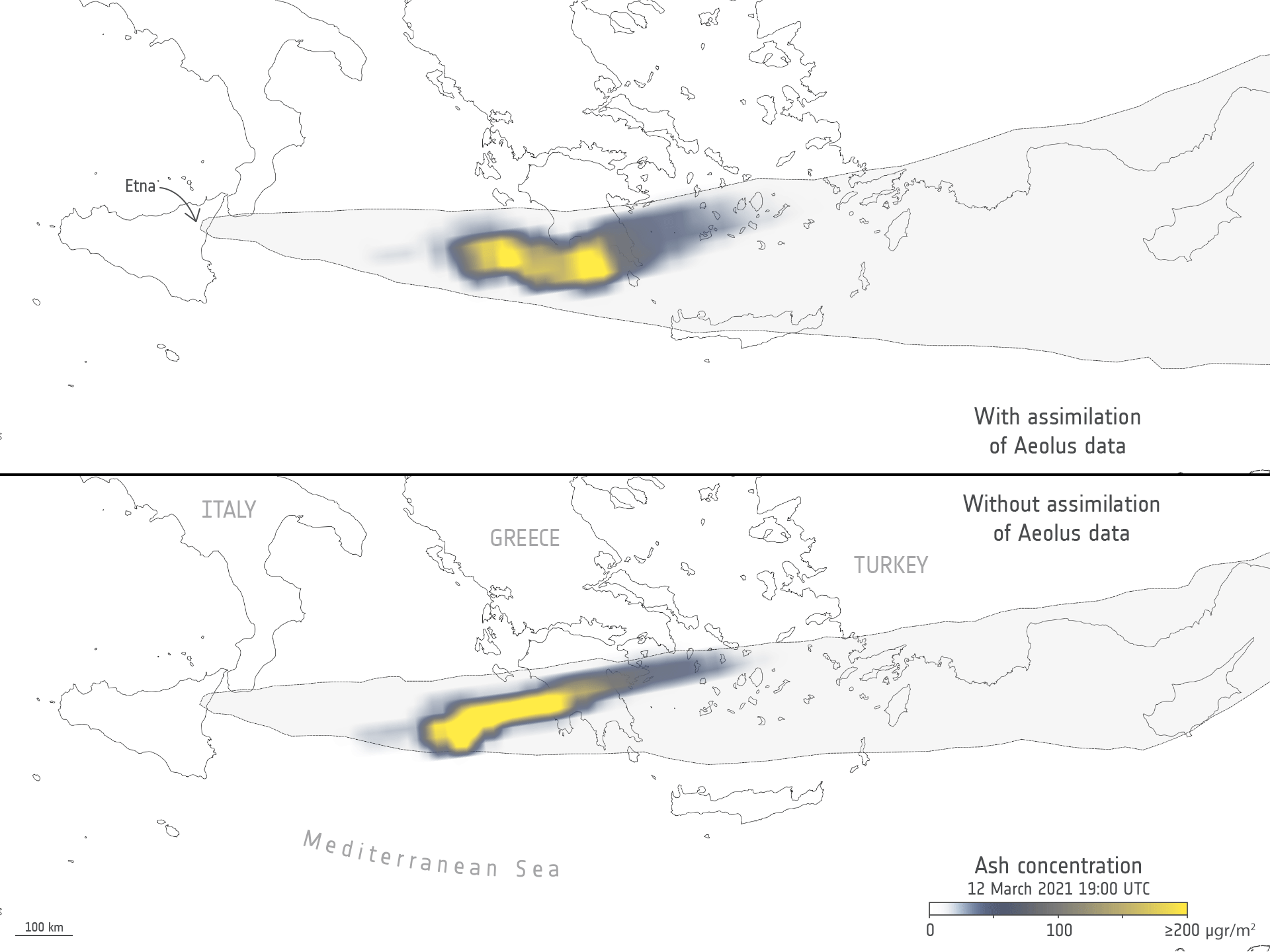
Aeolus enhances volcanic ash forecasts for aviation safety





